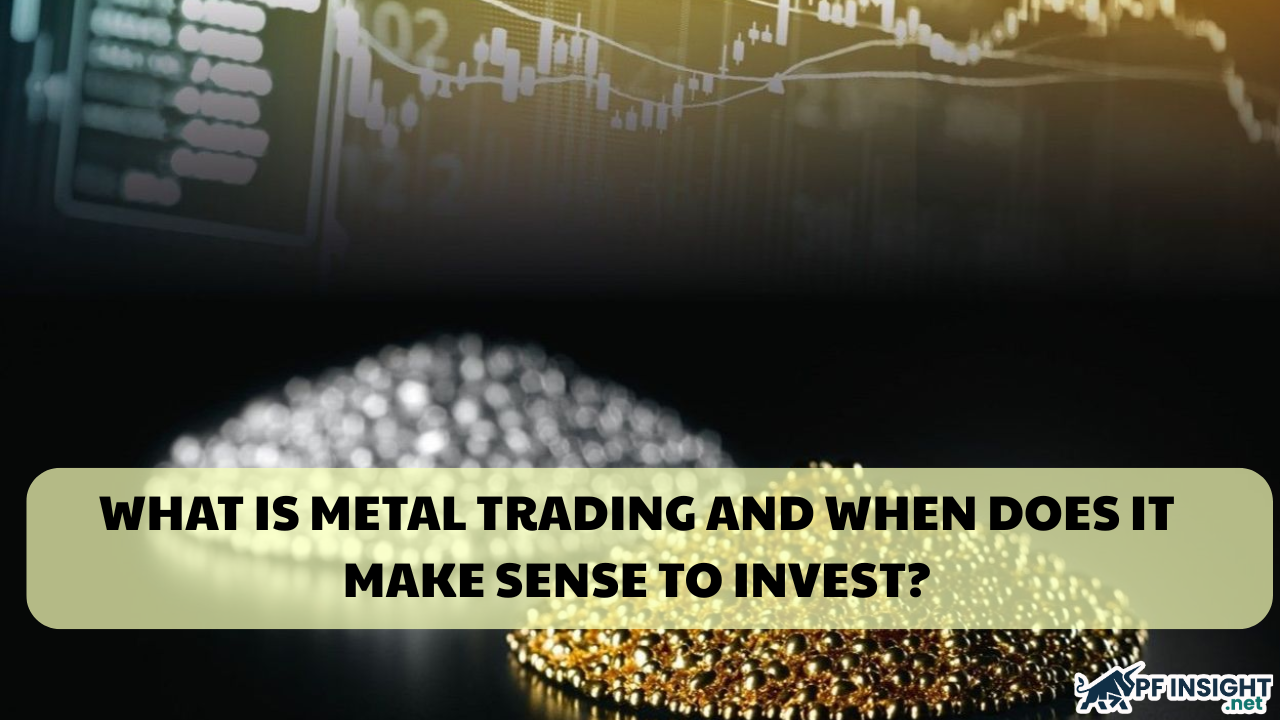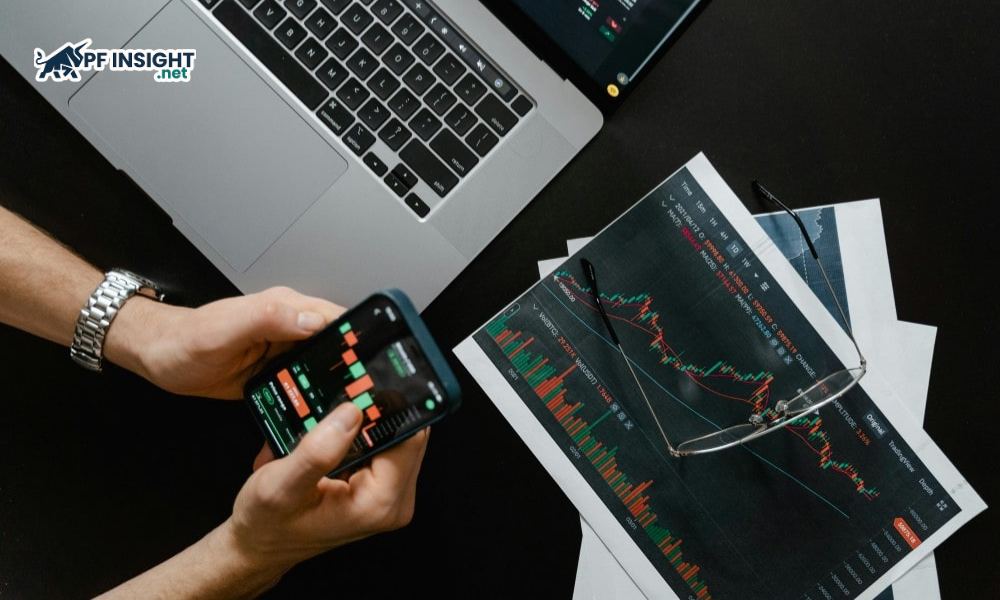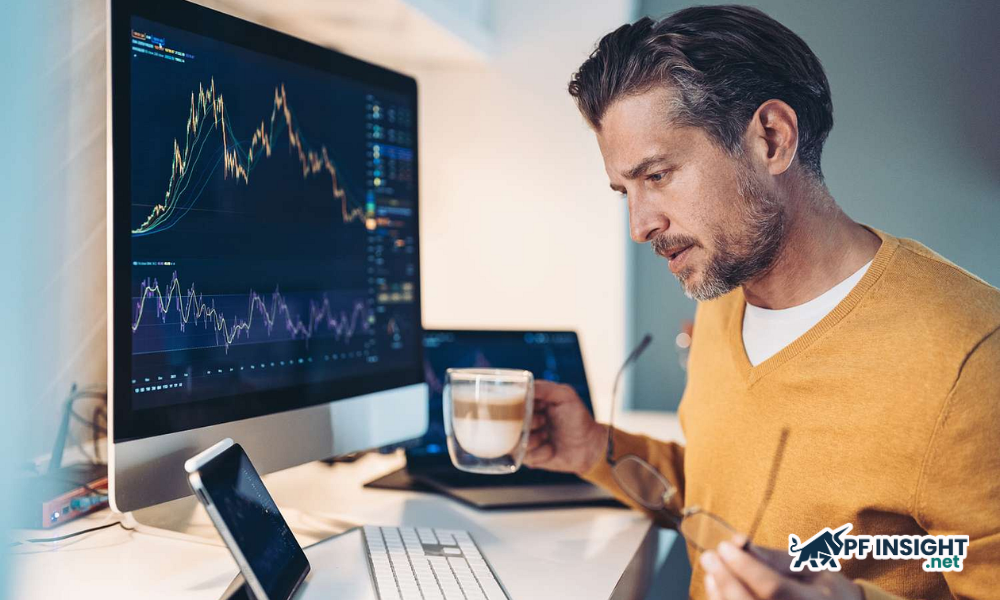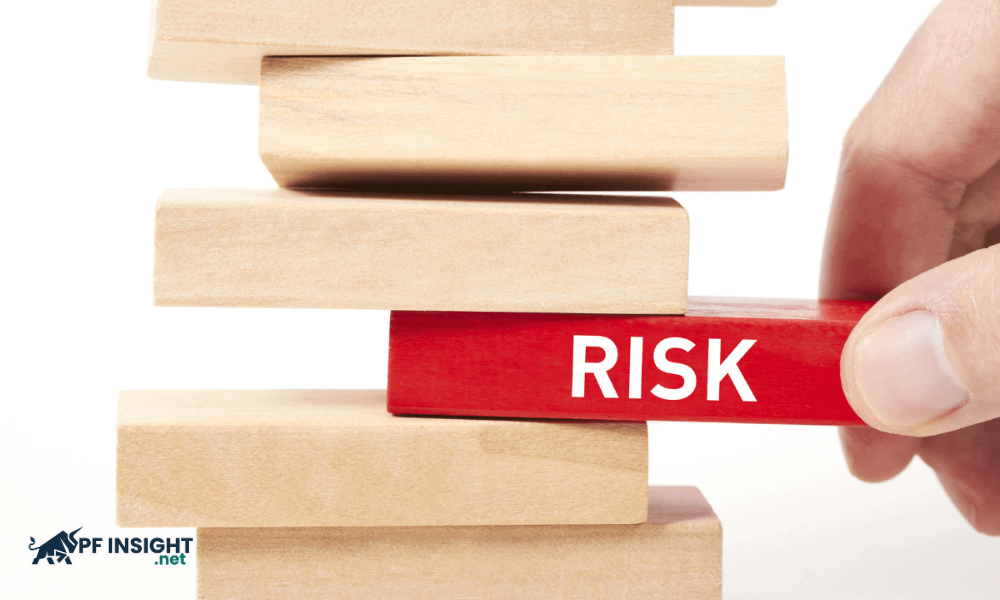In a world of global economic uncertainty, metal trading has become one of the most attractive and reliable investment channels chosen by many professional traders. Gold, silver, platinum, and copper are not only physical assets but also play an essential role in portfolio diversification and wealth preservation. This article from Pfinsight.net will help you understand what metal trading is, how the metal market works, and when it makes the most sense to invest effectively.
What is metal trading?
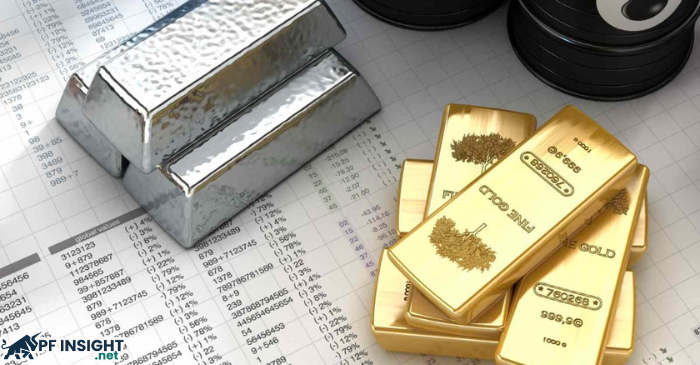
Metal trading refers to the buying and selling of precious or industrial metals in the financial markets with the aim of profiting from price fluctuations.
There are two main categories of metals:
- Precious metals: Gold, silver, platinum, and palladium – commonly seen as safe-haven assets, especially during economic instability.
- Base metals: Copper, aluminum, zinc, nickel, etc. – closely tied to global economic growth and industrial demand.
Investors can trade metals through various instruments such as:
- Futures contracts
- CFD trading (contracts for difference)
- Metal ETFs or mutual funds
- Physical metal ownership
Skilled traders can predict when prices are likely to rise by analyzing the factors influencing market movements. This allows them to buy low and sell high for profit.
The core concept of metal trading is to take advantage of price changes and volatility across different metals over time. Understanding these trends enables more strategic and efficient investment decisions.
How does metal trading work?
Metal trading differs from stock trading in that you are investing directly in the commodity itself, not in a company. By speculating on whether the price of metals like gold, silver, or platinum will rise or fall, traders aim to generate profits.
- To buy metals, traders purchase contracts that grant them ownership of a specific amount of metal at a predetermined price for future delivery.
- If the market price increases before the contract expires, they profit; if it falls, they incur a loss.
- Understanding the factors that influence metal prices – such as global events, supply and demand, and economic conditions – is essential for trading successfully. Monitoring certain indicators can help traders forecast potential price movements.
Unlike stock investing, which focuses on company performance, metal traders profit from predicting and capitalizing on market volatility.
Why are metals an important investment asset?
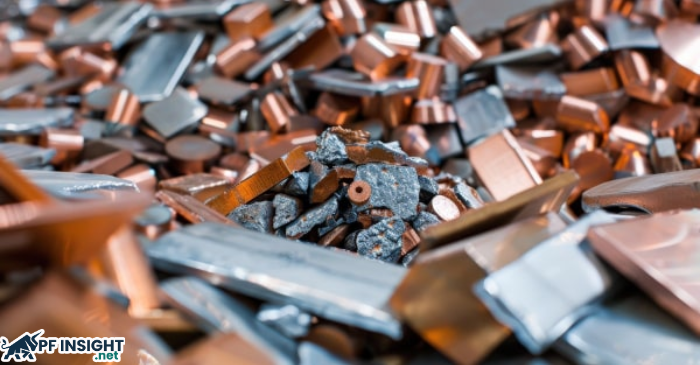
Protecting wealth during inflation
Precious metals, especially gold, tend to retain their value when currencies lose purchasing power. During periods of high inflation or financial crises, gold prices often rise sharply as investors seek safe-haven assets.
Portfolio diversification
Metals have a low correlation with stocks and bonds, helping reduce overall portfolio risk. When equity markets decline, metals typically act as a stabilizing force.
Industrial and technological demand
Base metals like copper, nickel, and platinum are vital materials in electric vehicle production, renewable energy, and high-tech industries. As such, their prices are closely linked to global industrial growth.
Short-term trading opportunities
The volatility of metal prices – driven by supply-demand dynamics, geopolitics, and interest rate changes – provides numerous opportunities for short-term traders to profit from price differentials.
When does it make sense to invest in metals?
Not every market condition is favorable for metal trading. Understanding the right time to invest is crucial for achieving optimal results.
When inflation and economic uncertainty rise
During periods of high inflation, a weak USD, or looming financial crises, precious metals like gold and silver typically surge in value. This makes it an ideal time for both holding and short-term trading.
During industrial growth cycles
When the global economy recovers and demand for manufacturing, construction, and technology rises, base metals such as copper, nickel, and aluminum tend to benefit significantly.
When stock markets decline
In times of stock market corrections or downturns, investors often shift capital into precious metals as a defensive strategy, driving their prices higher.
When monetary policy is eased
When central banks lower interest rates or increase money supply, precious metals often appreciate due to declining real yields and increased safe-haven demand.
Metal trading strategies
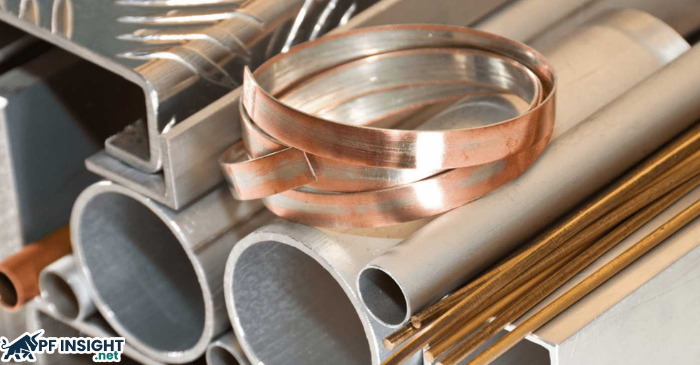
To trade metals effectively, it is vital to develop practical methods for managing risk and navigating market trends.
Technical analysis
In metal trading, technical analysis is crucial. Traders use charts and indicators to study past price movements and spot current patterns. By identifying shapes, formations, and signals, they can better predict potential price directions and determine optimal entry and exit points.
Fundamental analysis
Traders must understand how global events, economic data, and supply-demand shifts impact metal prices. This knowledge helps them anticipate whether prices are likely to rise or fall.
Short-term vs. long-term trading
Some traders focus on short-term price movements lasting days or weeks, while others hold positions for months or years to benefit from long-term trends. Short-term trading aims for quick profits, whereas long-term strategies seek substantial returns over time. Each approach requires distinct risk management techniques.
Risk management
Risk management is essential in metal trading. Traders should never risk more than they can afford to lose and must set strict stop-loss limits. Continuously monitoring market conditions helps minimize potential losses and preserve capital.
Key risks in metal trading
While metals are relatively safe assets, investors should remain aware of potential risks:
- High price volatility: Metal prices can fluctuate rapidly due to economic news, political events, or speculation.
- Storage and insurance costs: Holding physical metals involves additional expenses for safekeeping and insurance.
- Impact of monetary policy: Rising interest rates often put downward pressure on precious metal prices.
- Leverage risks: Trading CFDs or futures can amplify profits but also magnify losses.
Conclusion
Metal trading makes the most sense during times of heightened financial market volatility, high inflation, or increasing industrial demand. However, it is not a “get-rich-quick” scheme but rather a long-term tool for risk management and wealth protection.
To succeed, investors must understand the nature of each metal, identify optimal entry points, and maintain disciplined capital management. When knowledge, strategy, and psychology align, metal trading can become a powerful and stable component of a well-diversified investment portfolio.

